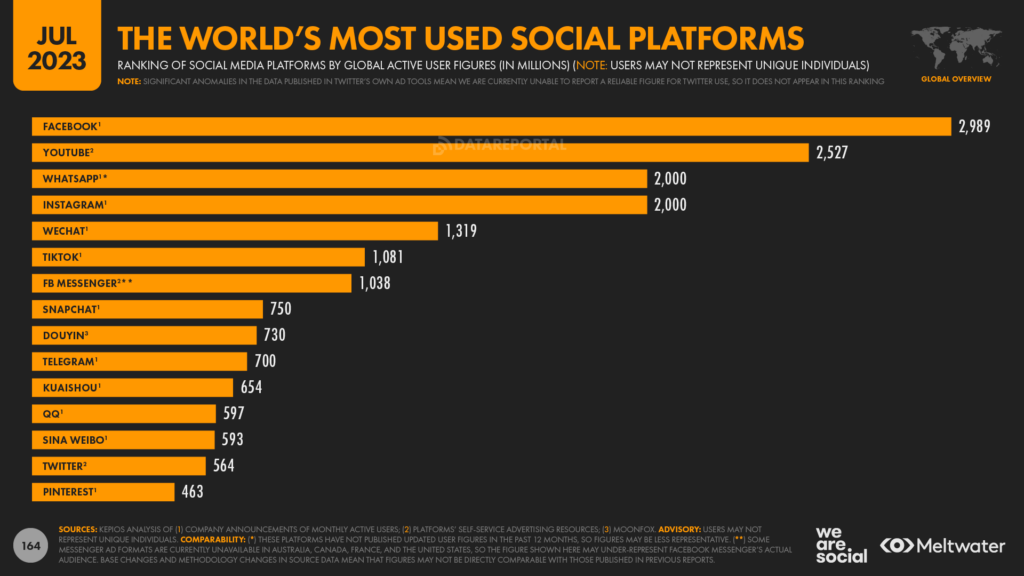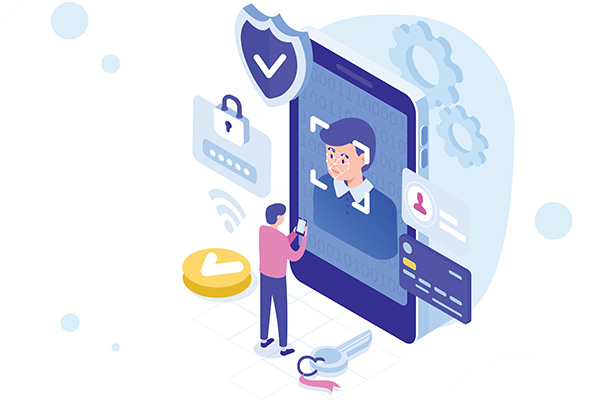Reflection:
The first thing I was excited about when creating interactive videos using H5P was that it offered a new dimension to my teaching and learning design. The intuitive and easy-to-use interface of H5P allowed me to quickly add interactive elements such as multiple-choice questions, fill-in-the-blanks, and point-in-time jumps, which greatly enhanced the learner engagement and learning experience.
However, I also encountered a few challenges during the production process. The first was determining which interactions would best promote the learning objectives. I found that this required a deep understanding of my learners, as well as careful planning of the structure of the video to ensure that the nature of the interactions complemented the content rather than distracting from it. In addition, designing quality questions and interactions takes time and creativity, which was a challenge for me in the early days.
The benefits of H5P are obvious. It provides a platform for creators to design diverse interactive learning activities that support different learning styles and needs. The interactivity of H5P enhances learner engagement, making them active processors of information rather than passive recipients. In addition, the accessibility and compatibility of H5P allow for a consistent learning experience across a wide range of devices.
However, H5P has its limitations. For users without a technical background, while basic functionality is easy to pick up, designing complex interactions or customized content may require deeper technical understanding and additional learning. In addition, while H5P supports a wide range of interaction types, sometimes its preset interaction templates may not fully fit the needs of a particular learning activity, limiting the room for innovation and personalization.
Overall, my H5P production experience was a process of continuous learning and exploration. Through practice, I have not only improved my skills but also become more effective in designing interactive learning content that meets the needs of learners. Despite the challenges and limitations, H5P is still a powerful tool that can bring great value to educators and learners.




Recent Comments